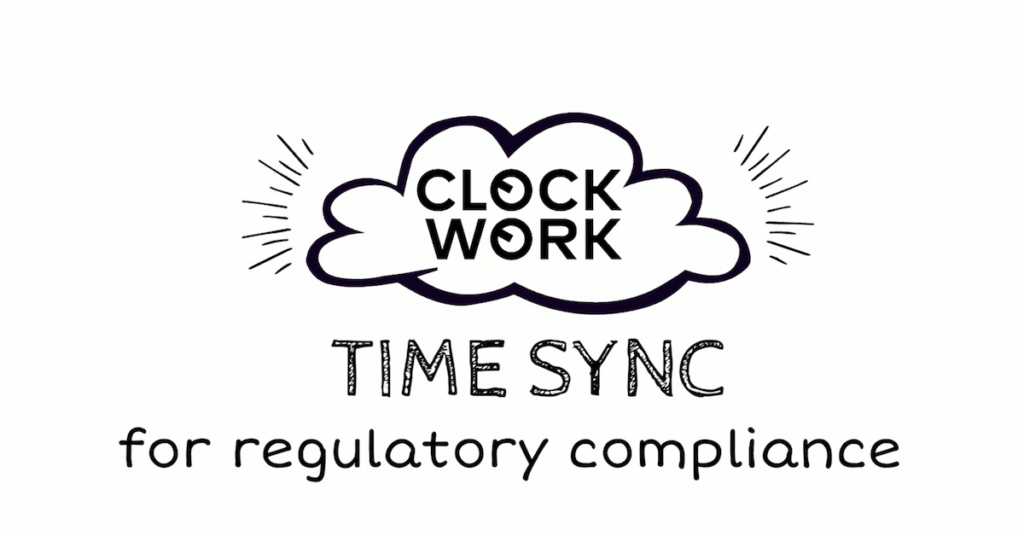Businesses know that latency impacts their bottom line, but it’s not always clear where the issue lies. In this short video, we illustrate how Clockwork helps identify and measure true one-way delay so teams can diagnose and resolve issues quicker.
Posts archive for 2021
What Latency Really Means for Business
Network latency’s cost implications for businesses are reflected in how users respond. By thinking about performance from a user-centric perspective, latency’s impact – and the way forward – become much more clear and measurable.
Knowing what latency costs is a helpful way to understand the strategic implications of better synchronization for your business, and whether more can be done to provide a better customer experience across device and network differences.
Sync Clocks Across Locations and Environments
In modern data infrastructure, it’s both cost-effective and resource-effective to move at least some workflows to the cloud. But from a time synchronization perspective, it’s more complicated because on-prem data centers typically use different time protocols to synchronize clocks than cloud-based environments.
Easily Meet MiFID II Time Sync Requirements
Financial services firms in Europe and the United States are subject to clock synchronization regulations under ESMA’s MiFID II and FINRA’s CAT standards, meaning all business clocks used to record the date and time of any reportable event must be synchronized within a specified timestamp granularity (depending on the type of trading). See how Clockwork makes it easy to fulfill compliance requirements.
Being out of sync is a literal pain!
Feeling groggy? Is your circadian rhythm off? Wouldn’t be surprising since many of us just readjusted our clocks again during our civilization’s dance with daylight. From the beginning we’ve organized our days by watching the sun’s movement and by noting how shadows shortened and lengthened. Early Mediterranean cultures divided daylight into 12 hours, or 12 divisions on the arc of a sundial. The length of the hour there varied according to the season. In the winter, an hour could be as short as 45 minutes. In the summer, it could be as long as 75 minutes. Days lengthening and shortening […]
Podcast: Is Self-Programming Technology the Future?
One of the early trials of Clockwork’s clock synchronization technology was conducted at Nasdaq, as featured in the New York Times. In June 2018, co-founder Balaji Prabhakar spoke with Tom Fay, then SVP of Nasdaq’s Enterprise Architecture and System Engineering, about their work together leveraging Stanford-based research on self-driving networks and high precision clock synchronization.
Decomposing Total Request Completion Time
In modern data centers the actual network OWDs are small compared to the “switch around time” of the acknowledgment at the Receiver, so RTT/2 turns out to be a poor estimate. In case there are multiple hops, as happens, for example, to the trajectory of a transaction in a Microservice System, the OWD of each leg can be precisely determined.
Pinpoint Network Latency Faster Using OWD
How does Clockwork help our customers reduce time to resolution? By providing insight into the precise one-way delay (OWD) across complex networks instead of using round-trip time (RTT) so teams spend less time identifying where the problem is, and focus on fixing it instead. Here’s a quick video using global trading operations as an example.
Accurate One-Way Latency Measurement ≠ RTT/2
As a user, you notice when your application is lagging, and it’s frustrating. As a network engineer, this lag — network latency — is cause for investigation and resolution. Network latency is how long it takes a packet of data to reach its destination. It is typically measured in round-trip time (RTT) from the sender to the receiver and back, and includes additional delays like propagation delay, processing delay, queuing delay, and encoding delay. Plus, network congestion can add a dynamic element.
The Research that Inspired Clockwork Systems
Clockwork Systems was founded in 2018 by Stanford University researchers and experienced tech entrepreneurs, based on protocols developed at Stanford. Here’s a synopsis of the original paper and presentation that inspired the company.
Recent Posts
- Maximize GPU Efficiency: Smarter Fixes for Checkpointing Challenges
- Turn the clock forward on AI innovation – and maximize your GPU capacity utilization.
- Quantifying and Accelerating the Advantage of Real-Time Business Performance
- Latency: The Critical Edge for Crypto Arbitrageurs and High-Frequency Traders
- Tackling Hidden Network Congestion in Kubernetes Clusters with Clockwork



